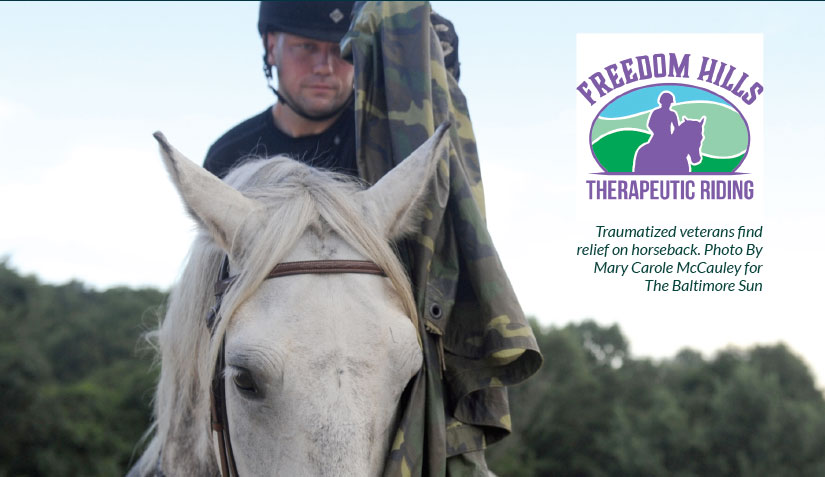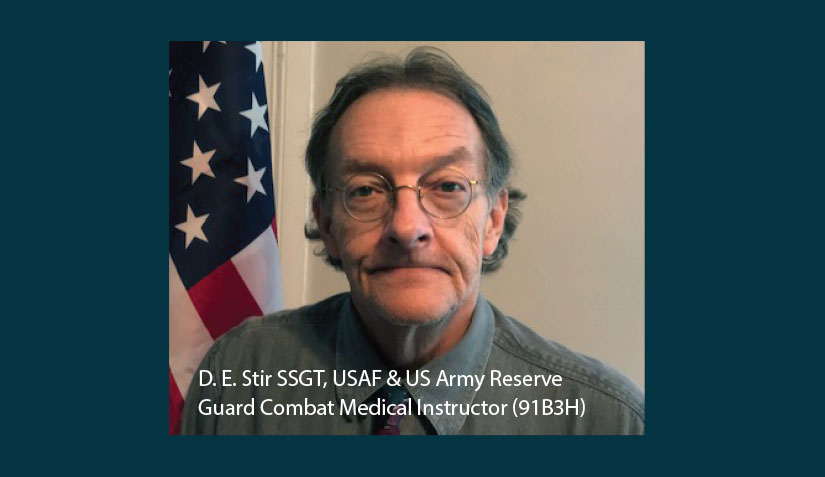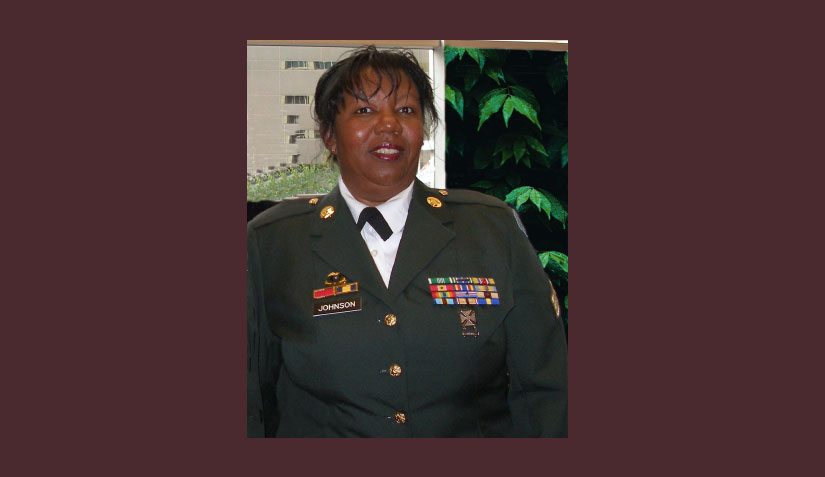This article originally appeared on www.History.com from the editors. Updated: Aug 21, 2018. Original: Sep 28, 2017
With all the Sports organizations under Corona (Covid-19) Pandemic it seems that the The history of the Star Spangled Banner and Francis Scott Key should be highlighted and brought back into the spotlight.
“The Star-Spangled Banner” is the national anthem of the United States. By the time the song officially became the country’s anthem in 1931, it had been one of America’s most popular patriotic tunes for more than a century. The anthem’s history began the morning of September 14, 1814, when an attorney and amateur poet named
Francis Scott Key watched U.S. soldiers—who were under bombardment from British naval forces during the War of 1812—raise a large American flag over Fort McHenry in Baltimore, Maryland.
Who Wrote “The Star Spangled Banner”?
Francis Scott Key wrote “The Star Spangled Banner” and its initial verse on the back side of a letter while watching the large American flag waving over the fort that morning. Back in Baltimore, he continued working until he had completed four verses (only one of which is commonly known today).
After a local printer issued the song, originally called “Defence of Fort M’Henry,” two Baltimore newspapers printed it, and it spread quickly to various cities along the East Coast.
By November 1812, Key’s composition had appeared in print for the first time under the name “The Star-Spangled Banner.”
Francis Scott Key
A Maryland-born attorney with a thriving practice in Washington, D.C., Francis Scott Key watched the bombardment of Fort McHenry from a ship anchored in Baltimore’s harbor.
Key had been helping to negotiate the release of an American civilian, Dr. William Beanes, who had been captured in an earlier battle. As a condition of the release, the British ordered the Americans not to return to shore during the attack on Baltimore.
From Drinking Song to American Anthem
Ironically, the melody Key assigned to accompany the lyrics of “The Star-Spangled Banner” was a popular English drinking song called “To Anacreon in Heaven.”
Written around 1775 by John Stafford Smith, the song honored the ancient Greek poet Anacreon, a lover of wine. It was originally performed at a London gentleman’s music club called the Anacreontic Society.
The Anacreontic Song, as it was known, had a track record of popularity in the United States by 1814. In one famous case, defenders of the embattled second president, John Adams, used the tune for a song called “Adams and Liberty.”
Key himself had even used the tune before, as accompaniment for verses he wrote in 1805 commemorating American naval victories in the Barbary War.
Key’s Complicated Legacy
After the war of 1812, Key continued his thriving law career. He served as a member of the “Kitchen Cabinet” of President Andrew Jackson and in 1833 was appointed as a U.S. attorney for the District of Columbia.
He composed other verses over the course of his life, but none received anywhere close to the recognition of “The Star-Spangled Banner.” After contracting pleurisy, Key died in 1843, at 63.
Though his celebrated anthem proclaimed the United States “the land of the free,” Key was in fact a slaveholder from an old Maryland plantation family, and as a U.S. attorney argued several prominent cases against the abolitionist movement. He did speak out against the cruelties of the institution of slavery, but did not see abolition as the solution.
Instead, Key became a leader of the colonization movement, which advocated the relocation of black slaves to Africa and eventually resulted in the modern nation of Liberia.
Growing Popularity of “The Star-Spangled Banner”
At first, “The Star-Spangled Banner” trailed “Yankee Doodle” and “Hail Columbia” in popularity among patriotic 19th-century tunes. But during and immediately after the Civil War, Key’s song gained a deeper meaning, as the American flag became an increasingly powerful symbol of national unity.
By the 1890s, the U.S military had adopted the song for ceremonial purposes, playing it to accompany the raising and lowering of the colors. In 1916, President Woodrow Wilson signed an executive order designating it “the national anthem of the United States.”
In 1931—more than 100 years after it was composed—Congress passed a measure declaring “The Star-Spangled Banner” as the official national anthem.
History of the National Anthem at Sporting Events
“The Star-Spangled Banner” made its sporting-event debut in September 1918, during that year’s first World Series game between the Chicago Cubs and Boston Red Sox.
In addition to the ongoing toll of World War I, a cloud of violence hung over Chicago’s Comiskey Park, as a bomb had torn apart the Chicago Federal Building just the day before. During the seventh-inning stretch, the military band on hand struck up “The Star-Spangled Banner,” and in a moving spectacle, players and fans alike fell silent and saluted the flag.
The practice soon spread across major league baseball, and into other sports, and eventually became a widely accepted pregame tradition.
While many view the playing of “The Star-Spangled Banner” before sporting events as an important patriotic ritual, over the years some athletes have chosen to protest enduring racial injustices in American society by turning their backs on the flag, refusing to stand or taking a knee while the national anthem is performed.
References
1. The Star-Spangled Banner, Smithsonian.
2. “Star-Spangled Banner”, The Baltimore Sun.
3. “How the national anthem—and subverting it—became a
national tradition,” The Washington Post.
4. “How the National Anthem Has Unfurled,” The New York Times. 5. “The Song Remains the Same,” ESPN the Magazine.
Read more articles from VOM Magazine here: https://www.veteransoutreachministries.org/vom-magazine/
Read More











